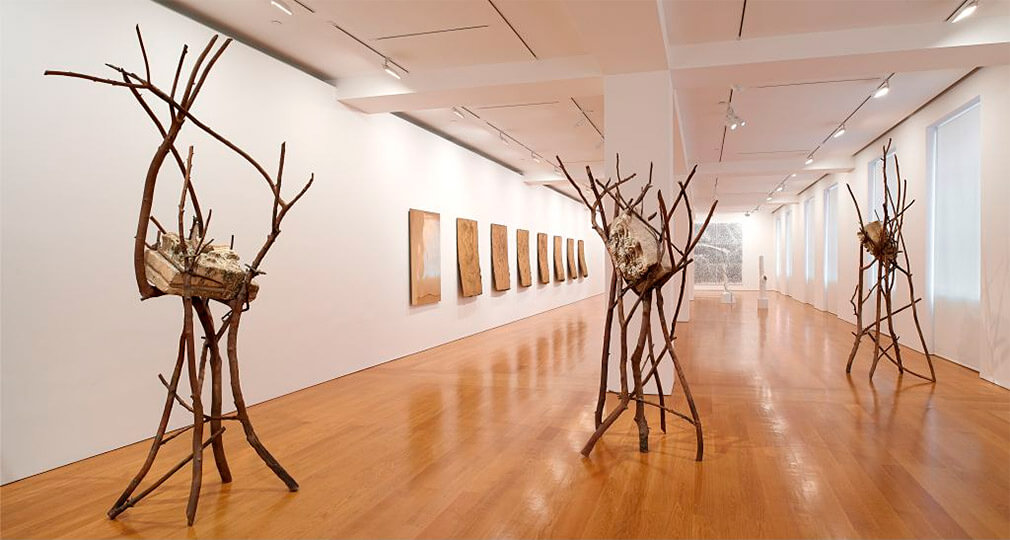Italian art and architecture have long been revered for their diversity, innovation, and ability to capture the essence of human experience. Two figures, Giuseppe Penone in the realm of contemporary art and Renzo Piano in modern architecture, stand out as exemplars of Italian creativity, making distinct contributions and a lasting impact on the global stage.
Giuseppe Penone: A Dialogue with Nature
Giuseppe Penone, born in 1947, emerged as a key figure in the Arte Povera movement, which challenged conventional artistic practices in the late 1960s. His renowned work, "Albero - Foglie" (Tree - Leaves), crafted in 1969, encapsulates his profound connection with nature and his exploration of the intricate relationship between humanity and the environment.
"Albero - Foglie '' is a sculptural masterpiece that features a bronze tree trunk seamlessly transitioning into finely detailed bronze leaves. This juxtaposition of the solid, enduring trunk and the delicate, organic leaves serves as a metaphor for the interdependence of human life and the natural world. Penone's meticulous craftsmanship and conceptual depth elevate this piece, showcasing his ability to blend traditional techniques with contemporary ideas.
Penone's oeuvre often involves the use of organic materials, emphasizing the transient nature of life and the continuous process of growth and transformation. "Albero - Foglie'' stands as a testament to Penone's ability to provoke thought and convey complex themes through his artistic language.
Renzo Piano: Transforming Architecture with the Pompidou Centre
In the realm of modern architecture, Renzo Piano has left an indelible mark with his innovative designs and groundbreaking structures. Born in 1937 in Genoa, Italy, Piano co-designed the Centre Georges Pompidou in Paris, France, alongside British architect Richard Rogers. Completed in 1977, this iconic building is a testament to Piano's commitment to pushing the boundaries of traditional architectural norms.
The Pompidou Centre, often referred to as an exemplar of "inside-out" architecture, features an exposed skeleton of brightly colored pipes, escalators, and a transparent facade. By placing the functional and structural elements on the exterior, Piano creates an open and flexible interior space, challenging preconceived notions of architectural aesthetics.
The Centre Georges Pompidou houses the National Museum of Modern Art, a public library, and a center for music and acoustic research. Piano's design not only provides a dynamic and accessible cultural space but also redefines the relationship between the built environment and its occupants. His commitment to sustainability and functionality has influenced a new generation of architects.
Giuseppe Penone and Renzo Piano, though working in different artistic realms, share a common thread of innovation, pushing the boundaries of their respective fields. Their impact extends beyond Italy, influencing the global discourse on contemporary art and architecture.
These visionaries serve as inspiration for aspiring artists and architects, showcasing the potential for profound dialogue with nature and the transformative power of design. Giuseppe Penone's exploration of organic materials and Renzo Piano's revolutionary architectural concepts embody the spirit of Italian creativity, contributing significantly to the cultural legacy of their homeland.
Giuseppe Penone and Renzo Piano stand as luminaries in the rich tapestry of Italian creativity, each leaving an indelible mark on their respective disciplines. Through their profound dialogue with nature, exploration of unconventional materials, and commitment to pushing artistic boundaries, they have solidified their places as visionaries shaping the future of global art and architecture. In celebrating their contributions, we honor the enduring legacy of Italian creativity and innovation.

